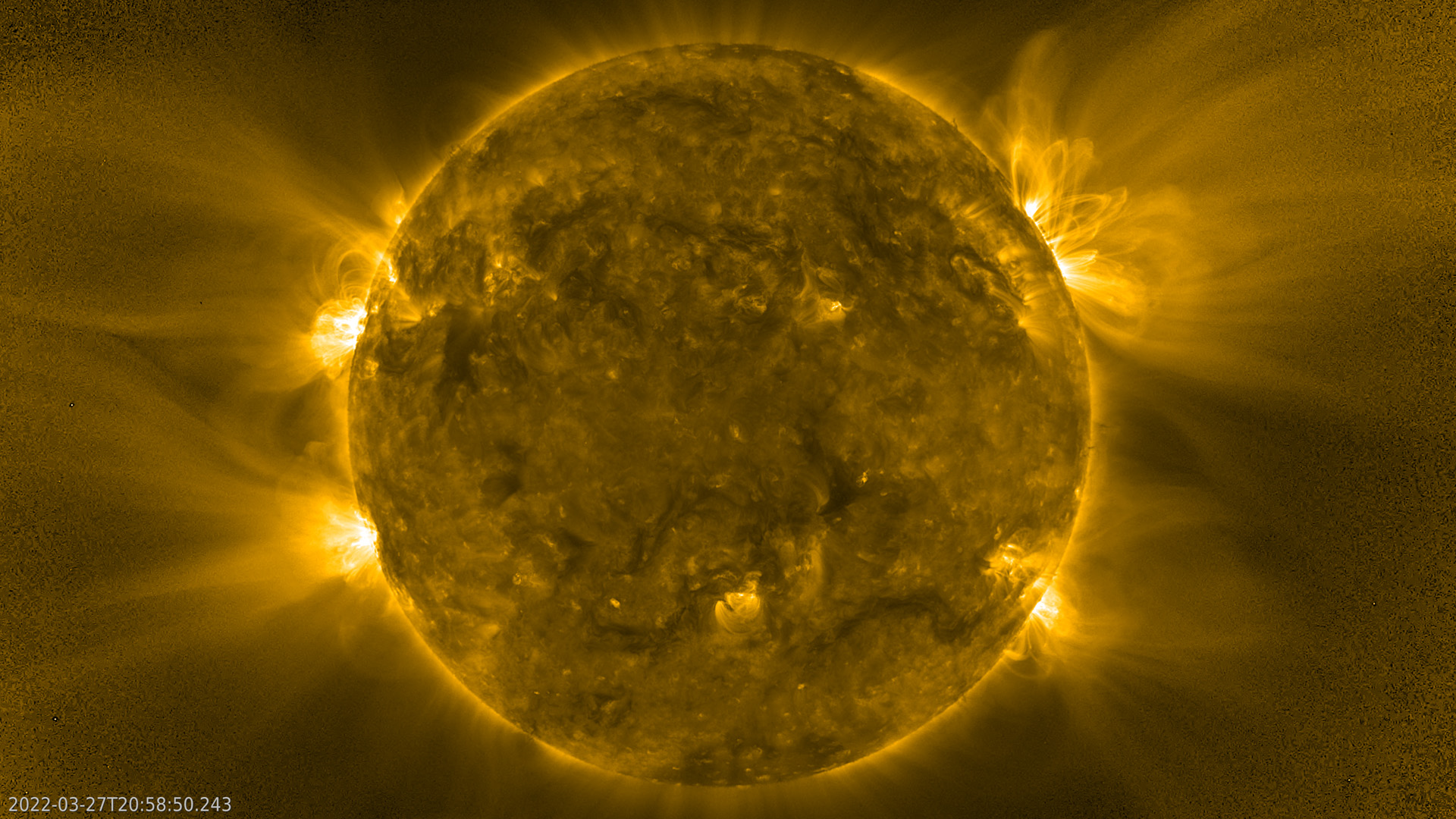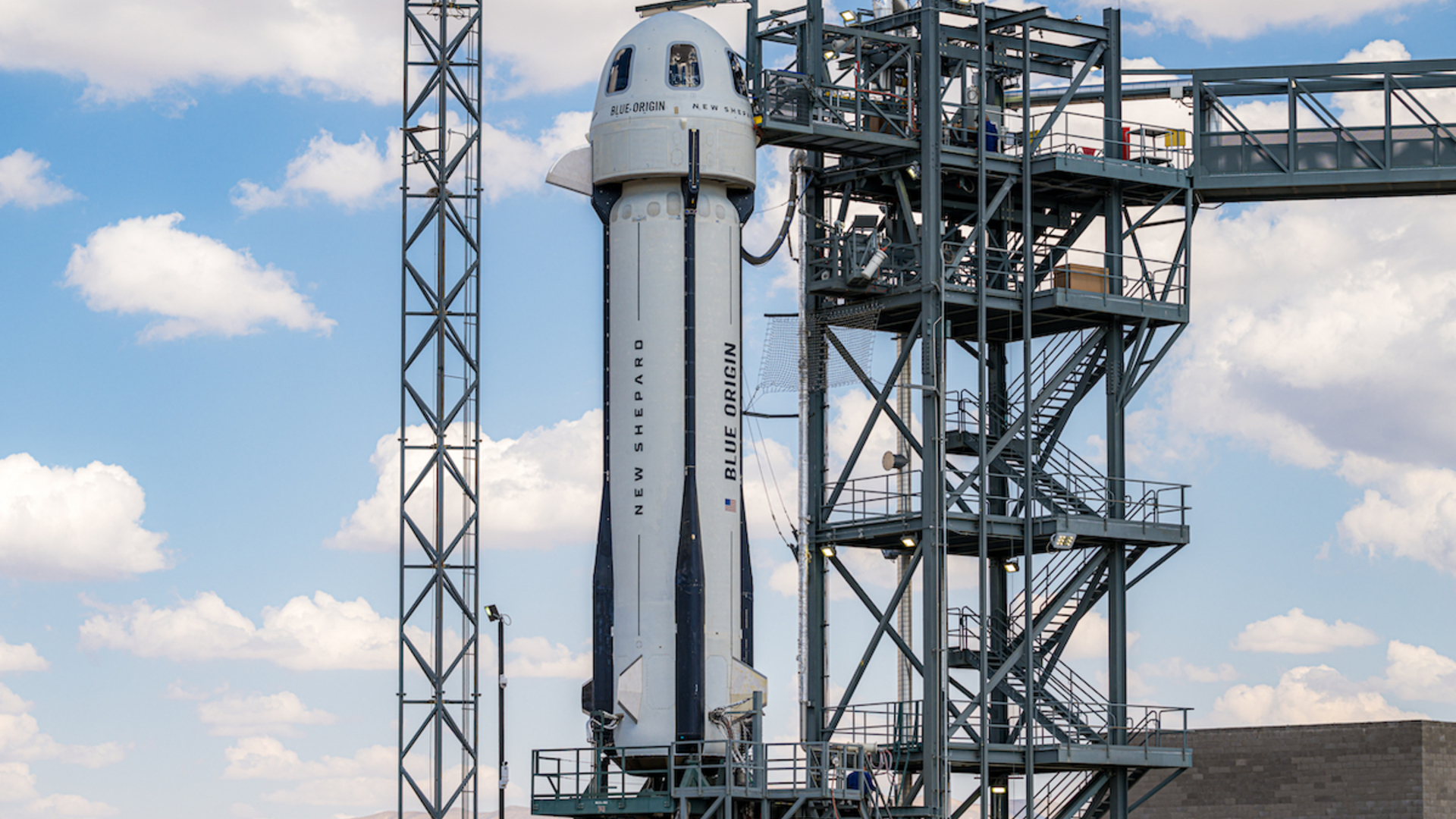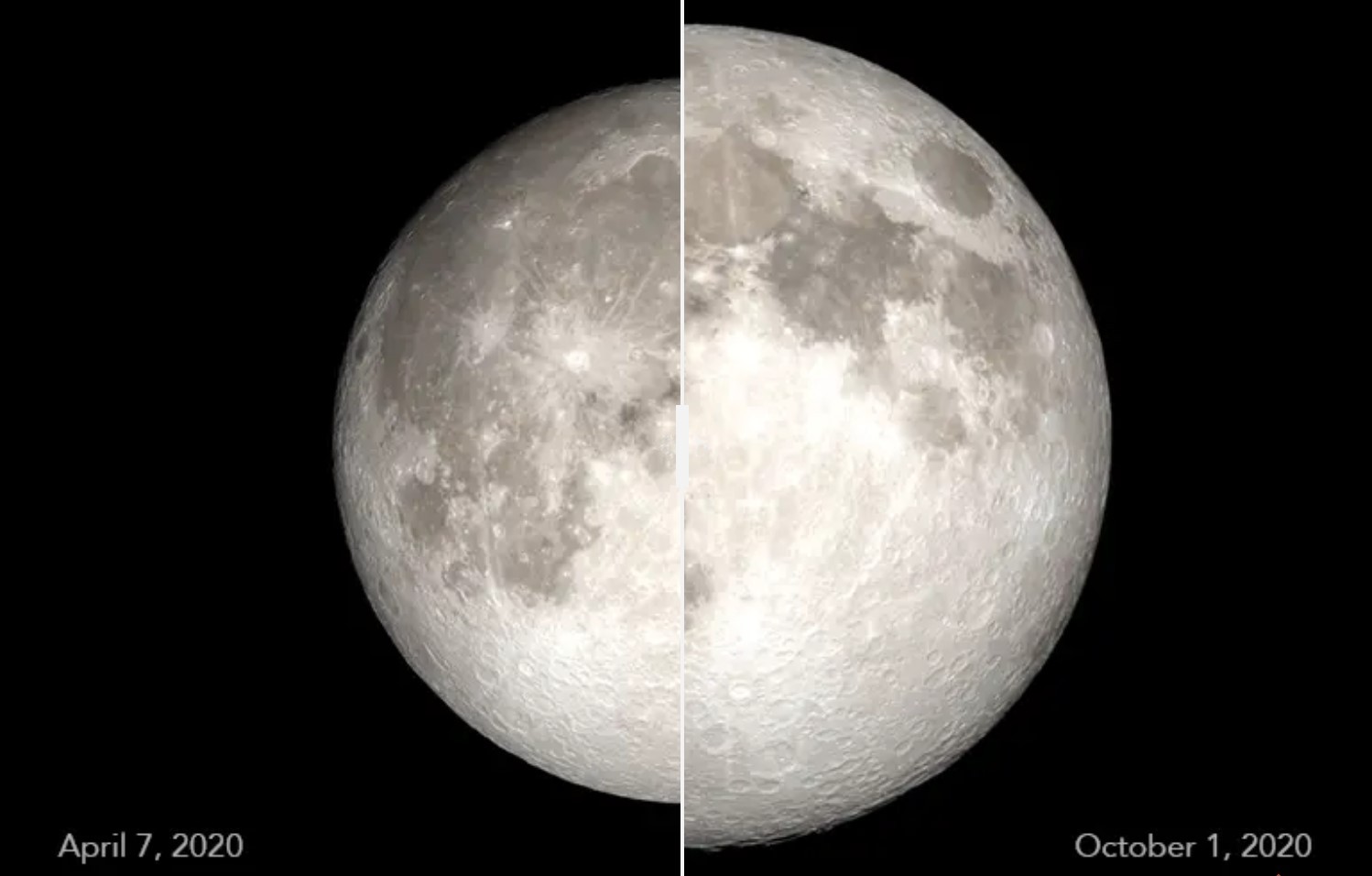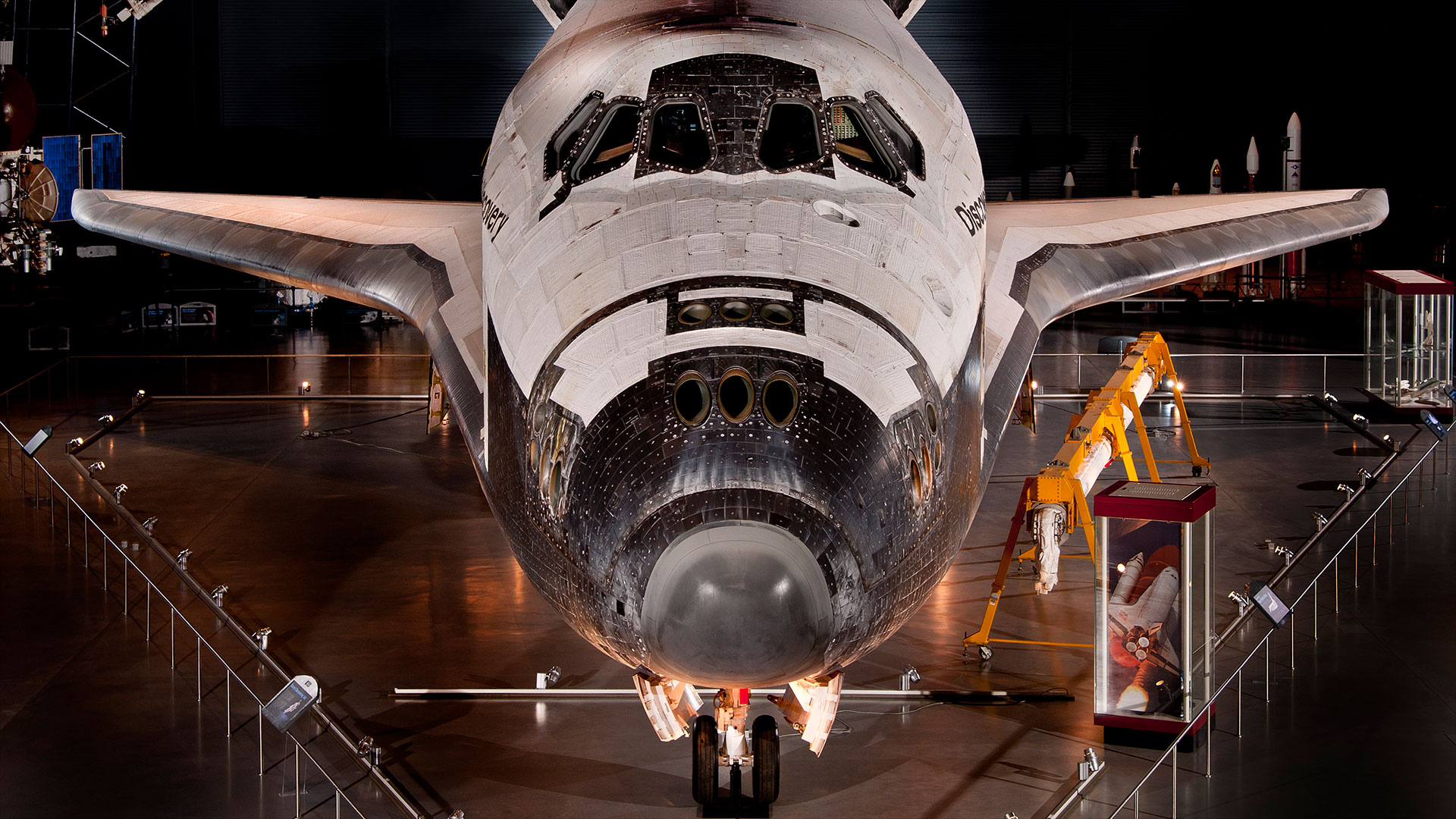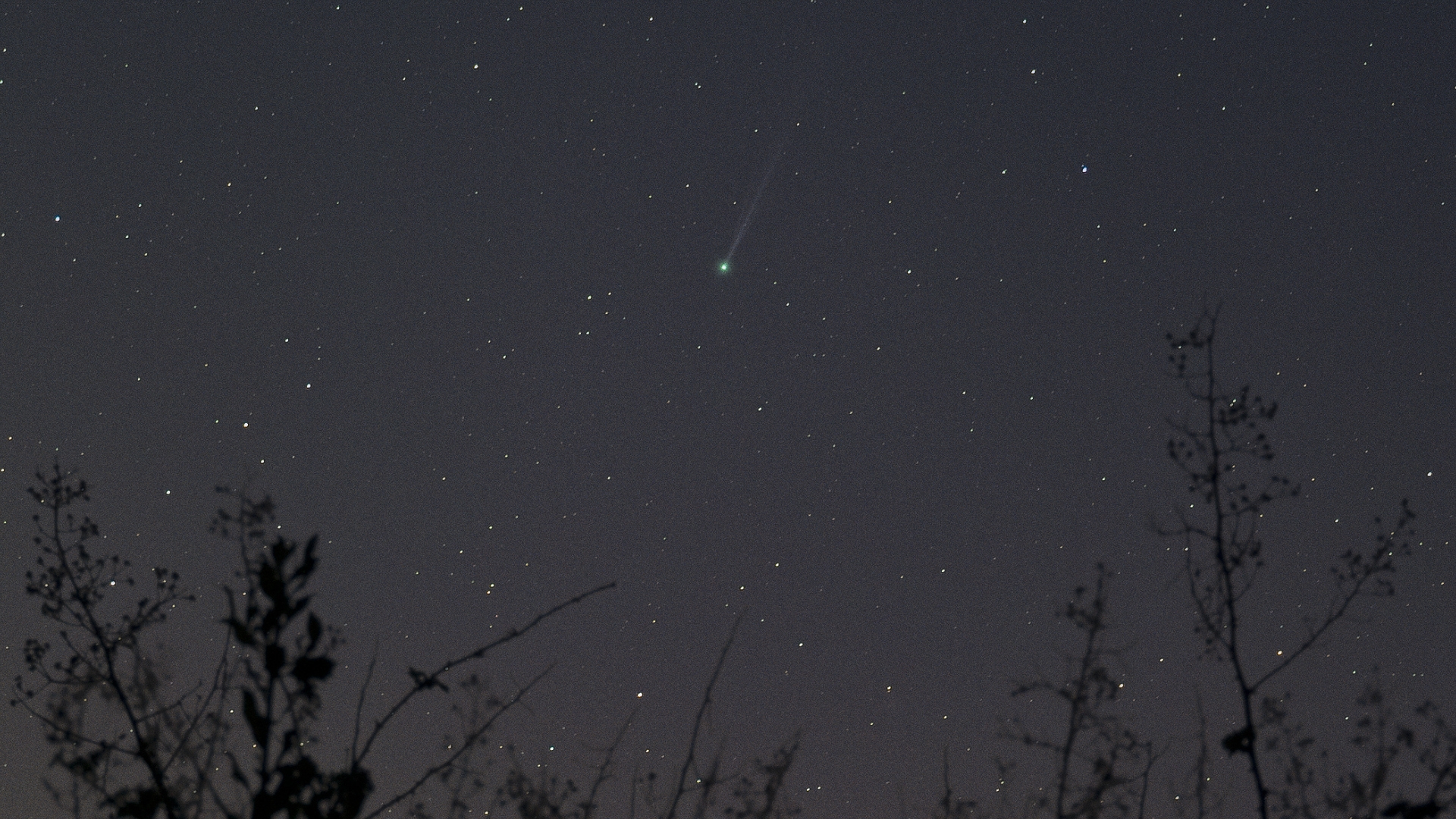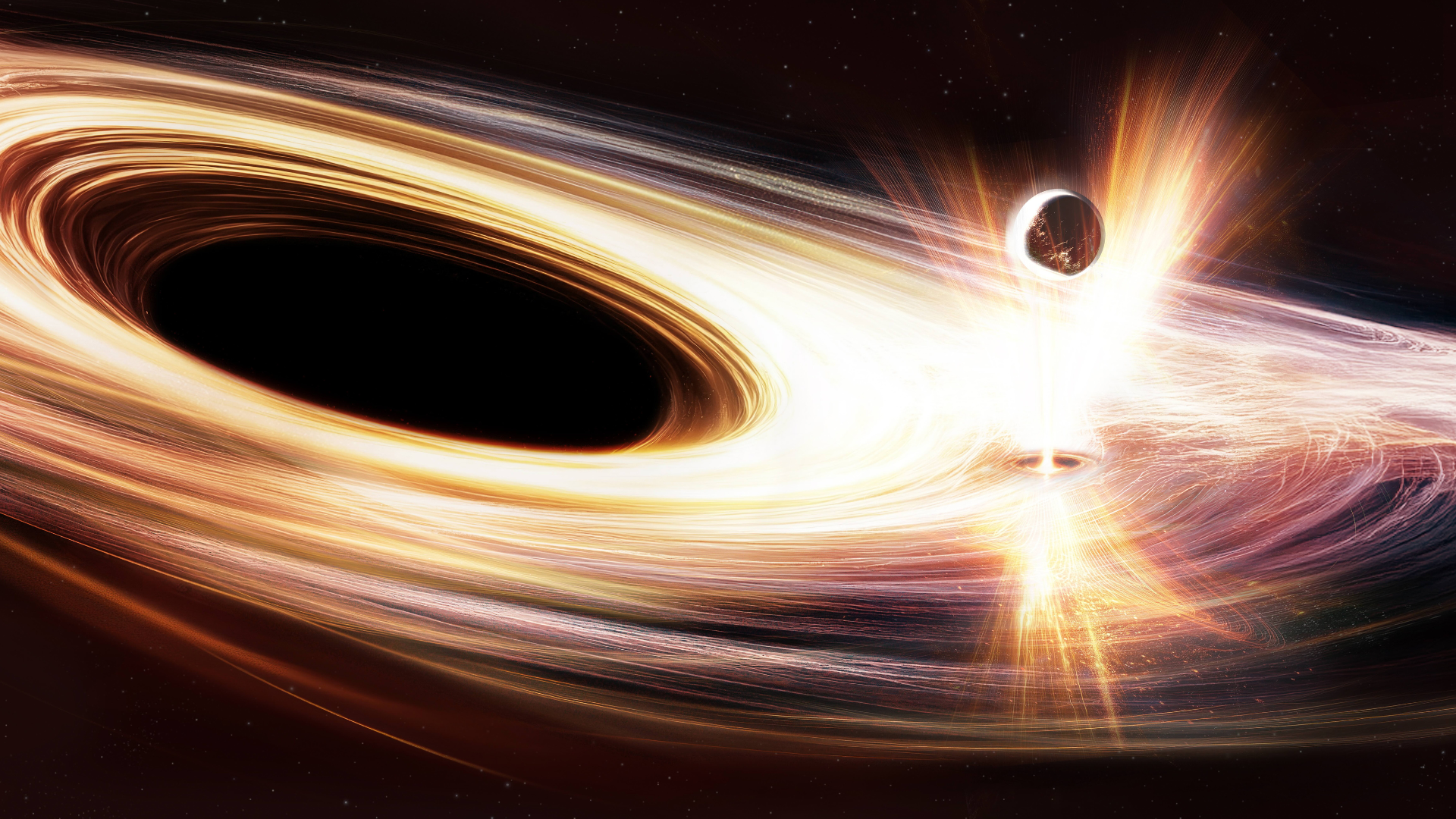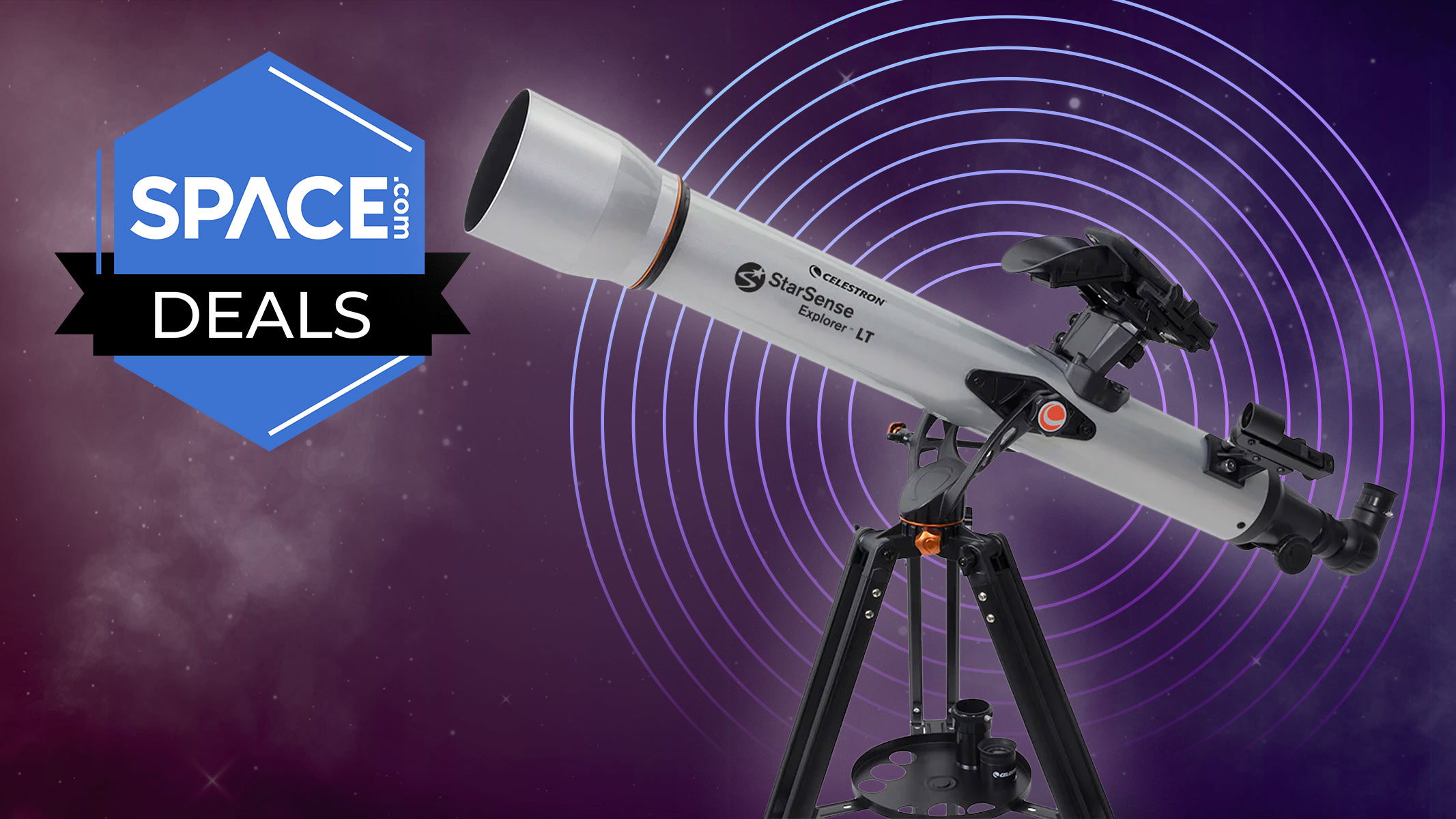Space Station Command Change Is One Giant Leap (Day) for Space History

Scott Kelly made space history on Monday (Feb. 29). You could even say it was "one giant leap (day) for a man..."
The NASA astronaut, who is set to return to Earth Tuesday after almost a year in space, handed over command of the International Space Station to fellow astronaut Tim Kopra in a ceremony that just happened to fall on a leap day.
"Take a leap and explore new possibilities!" Kelly wrote on Twitter. "Happy Leap Day from the space station!" [Related: Earth's Leap Day Explained]
It was the first time in history that control of the station had been transferred on a leap day, the extra 366th day added every four years to February to account for the difference between the Julian calendar year and how long it takes for Earth to revolve around the sun.
"The change of command ceremony on the space station means a number of things," Kelly said. "One thing it means is that some of us are going home tomorrow."
"But, it also means the change of command between Tim Kopra and I of the authority on the space station, but more importantly the responsibility," he said.
Change of command ceremonies on the space station are, by themselves, not that unusual. Over the past 16 years that the orbiting laboratory has been continuously crewed, there have been 46 such handovers. But, over that same period of time, there have only been four expedition crews that have been aboard the station on Feb. 29.
Get the Space.com Newsletter
Breaking space news, the latest updates on rocket launches, skywatching events and more!
In fact, there have been only 15 leap days in the course of the space age, which began with the launch of the world's first artificial satellite, Sputnik, in October 1957. As a result, any event that occurred in or about space on Feb. 29 has the potential to set a record.
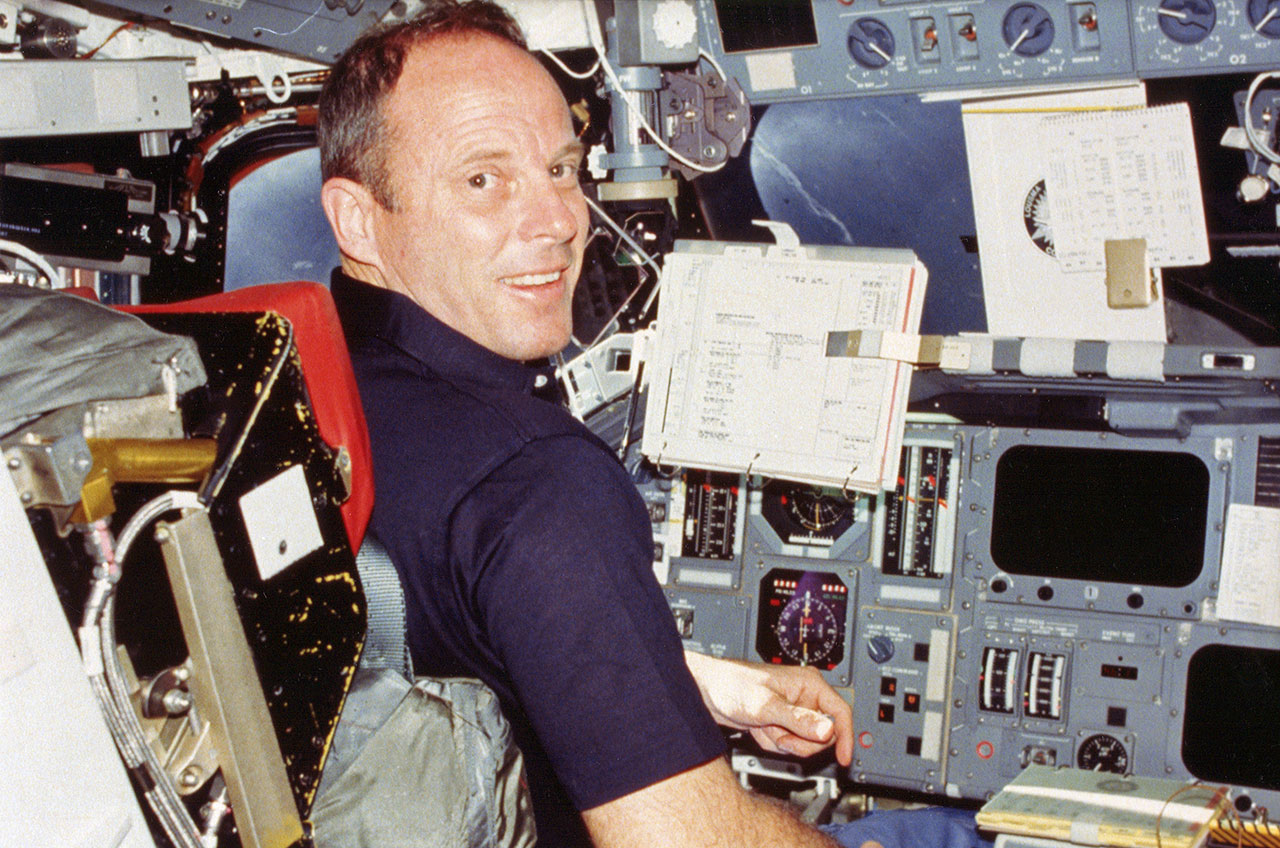
For example, the earliest leap day space milestone of note predates the beginning of the space age by more than two decades.
Jack Robert Lousma was born on Feb. 29, 1936 in Grand Rapids, Michigan. Thirty years later, he was selected to be a NASA astronaut and to this day he is the only person to have been born on a leap day to fly into space.
Lousma's two flights aboard the Skylab space station and the space shuttle Columbia in 1973 and 1982 respectively, were made when he was 37 and 46 years old — or by leap years, when he was just 9 and 11. Monday is Lousma's 80th, or 20th, birthday.
The first and only orbital launch on a leap day took place 40 years ago on Feb. 29, 1976.
Japan's space agency NASDA (now JAXA) launched its first ionospheric sounding satellite (ISS-1) on a Mitsubishi N-1 rocket, a licensed version of the U.S. Delta booster. Also known as Ume-1, the satellite monitored radio waves in the Earth's ionosphere and was used to forecast optimal conditions for shortwave communications. [Giant Leaps: Biggest Feats in Human Spaceflight]
Twenty years later, two human spaceflight missions made history on the same leap day.
NASA's STS-75 mission was the only space shuttle flight to be in orbit on a leap day over the course of the 135-mission, 30-year program. On Feb. 29, 1996, Jeff Hoffman set a new record aboard the orbiter Columbia for the most hours flown aboard a space shuttle, breaking the previous record of 975 hours, 18 minutes held by astronaut Kathy Thornton.
(Hoffman went on to become the first U.S. astronaut to log 1,000 hours on the shuttle, followed by crewmate Franklin Chang Diaz, later during the STS-75 mission.)
As Hoffman was tallying up time in space, another mission was coming to its end. Russia's Soyuz TM-22 crew of Yuri Gidzenko, Sergei Avdeyev and Thomas Reiter, the latter a European Space Agency (ESA) astronaut, landed from the space station Mir on Feb. 29, 1996.
The 23rd mission to visit the former Russian outpost, the Soyuz TM-22 crewmembers completed their 179-day flight on that leap day. (Avdeyev went on to be only the fourth person in history to spend more than a year in space over the course of his next Mir mission.)
Lastly, prior to Kelly's command ceremony on Monday, the most recent space mission to make history on a leap day was Expedition 30 on the International Space Station.
On Feb. 29, 2012, the station crew performed a 76-second re-boost of the orbital complex in order to avoid two pieces of space debris and to prepare for the arrival of Russia's Progress M-15M supply ship two months later. The engine burn itself was not uncommon, but it did fall on a leap day.
See more photos from leap day space history milestones at collectSPACE.com.
Follow collectSPACE.com on Facebook and on Twitter at @collectSPACE. Copyright 2016 collectSPACE.com. All rights reserved.
Join our Space Forums to keep talking space on the latest missions, night sky and more! And if you have a news tip, correction or comment, let us know at: community@space.com.

Robert Pearlman is a space historian, journalist and the founder and editor of collectSPACE.com, a daily news publication and community devoted to space history with a particular focus on how and where space exploration intersects with pop culture. Pearlman is also a contributing writer for Space.com and co-author of "Space Stations: The Art, Science, and Reality of Working in Space” published by Smithsonian Books in 2018.In 2009, he was inducted into the U.S. Space Camp Hall of Fame in Huntsville, Alabama. In 2021, he was honored by the American Astronautical Society with the Ordway Award for Sustained Excellence in Spaceflight History. In 2023, the National Space Club Florida Committee recognized Pearlman with the Kolcum News and Communications Award for excellence in telling the space story along the Space Coast and throughout the world.



